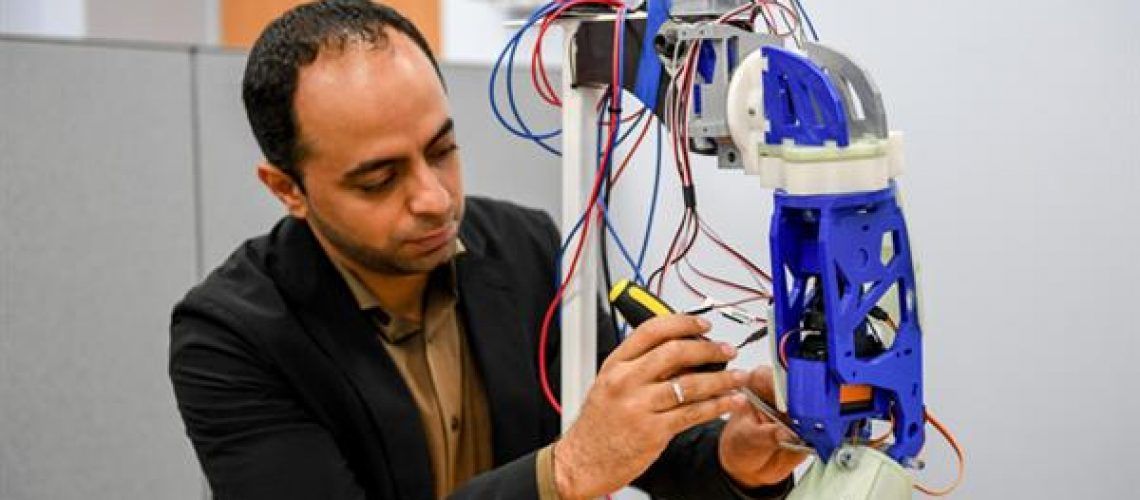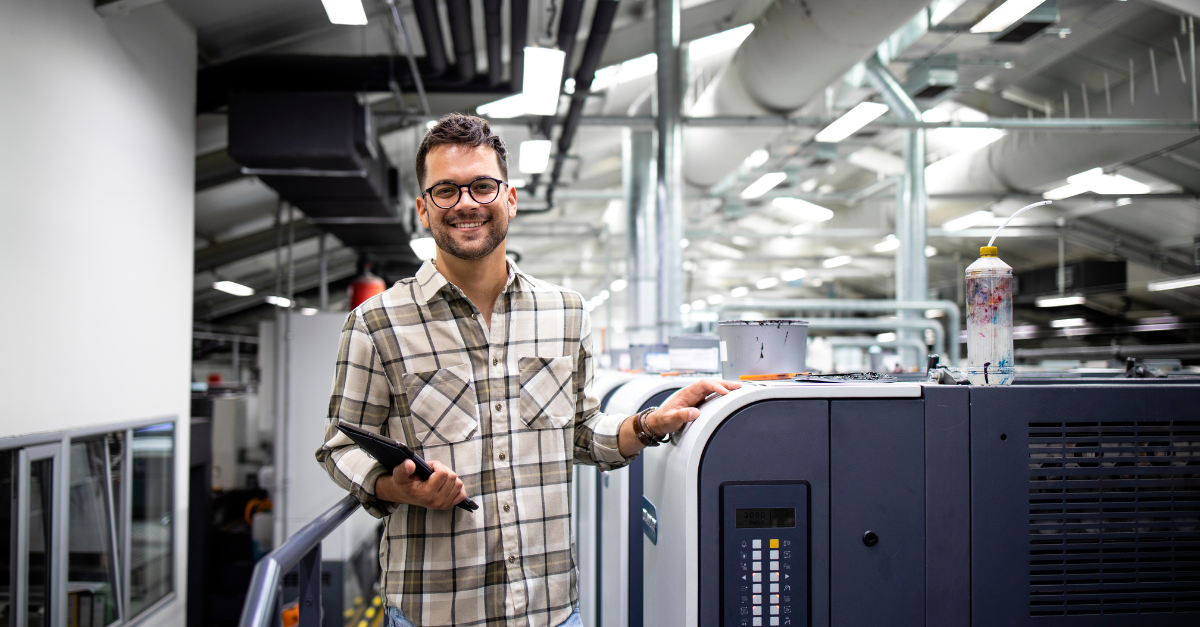UAE professor uses 3D printing to make highly personalized, advanced prosthetic arms
A professor from the UAE University is developing artificial arms using 3D printing in order to drastically lower the cost of their production and to introduce an unprecedented level of personalization. The project, conducted in partnership with the University of Michigan, has the potential to change the lives of amputees forthe better

Dr Fady Alnajjar, the assistant professor of Information Technology at UAEU who is leading the research, is currently developing prototypes for 3D printed advanced prosthetics that could offer better flexibility and movement control than existing counterparts. As Alnajjar explains, “the multi-degree freedom of our bodies gives signals that can control our arms’’. Existing artificial arms, however, are currently limited in terms of how many of those signals from the body they can pick up on, and the amputee’s movement and flexibility is limited accordingly. Alnajjar identified this problem, and he hopes that his work will go some way towards providing a solution.
‘‘There is a lot of input from the body, but the prosthetic cannot accept it,” he says. “Most prosthetic arms have a maximum of three-degree freedom. What we are working on is how we can increase that for individuals.’’ 3D printing will help with his development of new prosthetics, which will have multiple sensors in order to maximize the amount of control wearers have over their bodies.
Alnajjar is also using 3D printing to offers a broad range of possibilities in terms of personalizing prosthetic arms for specific users. According to the researcher, prosthetic arms currently on the market ‘‘are pre-designed and pre-coloured. So they are not actually a fit for everyone. Some people would like customization, and 3D printing will be much easier to customize’’. Arms could be built to order, that would match more closely a particular wearer’s physique or skin tone, for example.
The actual functionality of the arm is something that can also be customised, with different people using their prosthetics in different ways. For example, as Dr Alnajjar puts it, ‘‘an artist might require a very different prosthetic arm to a golfer’’. As with many uses of 3D printing, the cost factor is also a huge advantage of developing prosthetics in this way. 3D printing has allowed the research team to cut back on costs, which could presumably translate to overall lower product costs as well. Alnajjar credits the lower costs to inexpensive 3D printing materials. Weight is another benefit to these materials as 3D printed prosthetics can be significantly lighter than those made in traditional ways.
The 3D printed prosthetic project is planned to be presented to the UAEU medical faculty for refinement once it is around 60 percent complete. Then it will be passed on to biological experts, who will work on making sensors that have the best fit for the human body and the highest level of responsiveness possible. This multi-disciplinary, collaborative effort is something that Dr Alnajjar is highly enthusiastic about. He sees the introduction of 3D printing to prosthetics development as a way of bridging gaps in knowledge and bringing the medical field and the world of engineers closer together. ‘‘There is a gap between engineering and medical doctors’’, he says. ‘‘For the benefit of people who need prosthetics, we need to fill this gap.’’
The prosthetics could be ready to hit the market as early as 2020, if everything goes according to plan. A bespoke product such as this, tailored to the specific needs of an individual who has lost a limb, will greatly improve what is referred to as the ‘emotional transition’ from the initial trauma to the adoption of a prosthetic. While it may never completely compensate for the loss, it is great to see 3D printing being used to help amputees in this way. And when we consider what else the potentially limitless customization possibilities of the technology could offer to improve quality of life and wellbeing for people in need of medical care, this is clearly only the tip of the iceberg.
Original article taken from 3ders.org











